Hazelnuts are a popular and versatile nut that is cherished for its rich flavor and nutritional benefits. In this comprehensive summary, we will discuss the different types of hazelnuts, their various uses in culinary applications, as well as their numerous health benefits. By understanding the distinctions between different hazelnut varieties and exploring their potential applications, you will gain insight into how to leverage their unique qualities in your personal or professional endeavors. 1. Types of Hazelnuts: – Common Hazelnuts: Common hazelnuts represent the most widely consumed variety. They have a distinctively sweet and nutty flavor and are typically available in a round or oval shape with a tan-colored shell. – Filberts: Filberts are one of the most common varieties in the United States. They are similar to common hazelnuts but are slightly longer and plumper in shape. – Barcelona Hazelnuts: Barcelona hazelnuts are prized for their large size and distinctive flavor profile. They are often used in confectionery, baking, and gourmet applications. – DuChilly Hazelnuts: DuChilly hazelnuts have a prominent flavor and are commonly used in baking, cooking, and chocolate manufacturing. They are known for their high oil content and strong aroma. – Tonda di Giffoni Hazelnuts: Originating from Italy, the Tonda di Giffoni hazelnut is renowned for its excellent flavor and is often used in the production of premium chocolates and desserts. – Lombardy Hazelnuts: Lombardy hazelnuts are predominantly grown in the Lombardy region of Italy. They are smaller in size but boast a distinct flavor, making them popular for culinary applications. 2. Culinary Uses: – Baking: Hazelnuts are frequently used in baking a wide range of delectable treats, including cookies, cakes, pastries, and breads. Their distinctive flavor and texture add a wonderful depth to baked goods.
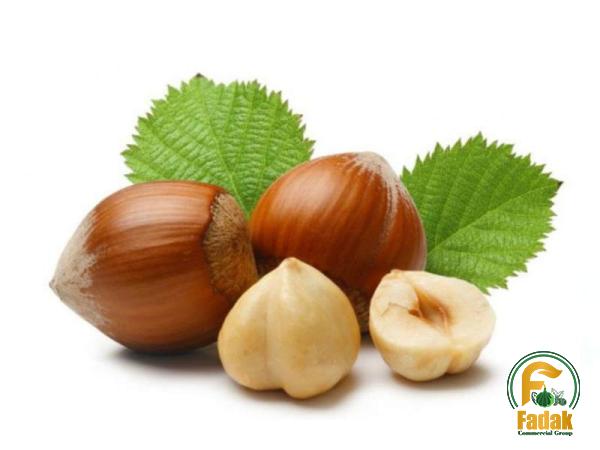
nut
 – Confectionery: Hazelnuts are a key ingredient in many confectionery delights, such as pralines, truffles, and chocolate-covered treats. They bring a unique crunchy texture and elevate the taste of various sweet creations. – Nut Butters: Hazelnuts can be ground into a creamy and nutty spread, commonly known as hazelnut butter or gianduja. This versatile product serves as a delicious spread on toast, a perfect dip for fruits, or an ingredient in savory dishes. – Savory Dishes: Hazelnuts also find their place in savory dishes and salads, providing a satisfying crunch and a distinct nuttiness. They pair well with vegetables, meats, and cheeses, adding a unique texture and flavor to the overall dish. 3. Health Benefits: – Nutritional Profile: Hazelnuts are packed with essential nutrients, vitamins, minerals, and healthy fats. They are an excellent source of protein, dietary fiber, vitamin E, and several B-complex vitamins. – Heart Health: Hazelnuts contain high levels of monounsaturated fats, specifically oleic acid, which is associated with reducing bad cholesterol levels and improving heart health. – Weight Management: Despite being calorie-dense, hazelnuts can aid in weight management due to their high fiber and protein content, which contribute to a feeling of fullness and reduce overeating. – Antioxidant Properties: Hazelnuts are rich in antioxidants, particularly vitamin E, which helps protect the body against oxidative stress and may contribute to a reduced risk of chronic diseases. – Brain Health: The vitamin E content in hazelnuts is also associated with improving cognitive function and reducing the risk of age-related mental decline. – Bone Health: Hazelnuts contain essential minerals like calcium, magnesium, and manganese, which play a crucial role in maintaining healthy bone structure and preventing osteoporosis. Conclusion: Hazelnuts are not only a delicious and versatile nut but also offer a plethora of health benefits. By understanding the different types of hazelnuts, their culinary uses, and their nutritional advantages, you can incorporate them into your diet in a fulfilling and healthy way. Whether you’re a professional chef, home cook, or simply a nut enthusiast, hazelnuts can enhance your culinary creations and contribute to your overall well-being.
– Confectionery: Hazelnuts are a key ingredient in many confectionery delights, such as pralines, truffles, and chocolate-covered treats. They bring a unique crunchy texture and elevate the taste of various sweet creations. – Nut Butters: Hazelnuts can be ground into a creamy and nutty spread, commonly known as hazelnut butter or gianduja. This versatile product serves as a delicious spread on toast, a perfect dip for fruits, or an ingredient in savory dishes. – Savory Dishes: Hazelnuts also find their place in savory dishes and salads, providing a satisfying crunch and a distinct nuttiness. They pair well with vegetables, meats, and cheeses, adding a unique texture and flavor to the overall dish. 3. Health Benefits: – Nutritional Profile: Hazelnuts are packed with essential nutrients, vitamins, minerals, and healthy fats. They are an excellent source of protein, dietary fiber, vitamin E, and several B-complex vitamins. – Heart Health: Hazelnuts contain high levels of monounsaturated fats, specifically oleic acid, which is associated with reducing bad cholesterol levels and improving heart health. – Weight Management: Despite being calorie-dense, hazelnuts can aid in weight management due to their high fiber and protein content, which contribute to a feeling of fullness and reduce overeating. – Antioxidant Properties: Hazelnuts are rich in antioxidants, particularly vitamin E, which helps protect the body against oxidative stress and may contribute to a reduced risk of chronic diseases. – Brain Health: The vitamin E content in hazelnuts is also associated with improving cognitive function and reducing the risk of age-related mental decline. – Bone Health: Hazelnuts contain essential minerals like calcium, magnesium, and manganese, which play a crucial role in maintaining healthy bone structure and preventing osteoporosis. Conclusion: Hazelnuts are not only a delicious and versatile nut but also offer a plethora of health benefits. By understanding the different types of hazelnuts, their culinary uses, and their nutritional advantages, you can incorporate them into your diet in a fulfilling and healthy way. Whether you’re a professional chef, home cook, or simply a nut enthusiast, hazelnuts can enhance your culinary creations and contribute to your overall well-being.
Specifications of nut
 Types of Hazelnuts: A Comprehensive Guide for Business Professionals 1. Market Overview: Hazelnuts are a highly sought-after commodity in the global market, with demand increasing steadily over the years. The market for hazelnuts is driven by the growing popularity of healthy snacking options, increased awareness of the nutritional benefits of nuts, and the rising demand for plant-based and vegan products. Understanding the different types of hazelnuts available can provide valuable insights for businesses involved in nut farming, processing, distribution, and product development. 2. Hazelnut Farming and Production: The cultivation of hazelnuts requires specific conditions, including suitable climate, soil, and adequate water supply. Each type of hazelnut has distinct growth characteristics, pruning requirements, and harvesting periods. Businesses in the agricultural sector can benefit from understanding these nuances to optimize their farming practices and ensure a consistent supply of high-quality hazelnuts. 3. Nut Processing and Sorting: After harvesting, hazelnuts undergo various processing stages, including cleaning, sorting, and shelling. Accurate sorting is crucial to ensure uniformity in size, color, and quality. By investing in advanced sorting technology, businesses can streamline their processing operations, enhance product quality, and increase efficiency. 4. Packaging and Branding: Effective packaging and branding play a vital role in attracting consumers and differentiating hazelnut products in a competitive market. Considerations such as sustainability, convenience, and shelf-life preservation should guide packaging decisions. Businesses should also focus on creating appealing branding strategies to communicate product quality, origin, and value to consumers. 5. Hazelnut Products and Value-Added Offerings: Hazelnuts are not limited to being sold as a whole nut but are transformed into various value-added products. These include hazelnut spreads, flavored roasted nuts, nut-based beverages, cooking oils, and gluten-free flour. Exploring innovative product development opportunities can help businesses cater to diverse consumer preferences and expand their product portfolios. 6. Global Trade and Distribution: Hazelnuts are harvested in several countries, with major production regions including Turkey, the United States, Italy, and Spain. Understanding the global supply and demand dynamics, trade regulations, and logistics involved in the hazelnut industry can provide business professionals with valuable insights for sourcing, exporting, and importing hazelnuts. 7. Market Trends and Consumer Preferences: Monitoring market trends and understanding consumer preferences is essential for businesses to stay ahead of the competition.
Types of Hazelnuts: A Comprehensive Guide for Business Professionals 1. Market Overview: Hazelnuts are a highly sought-after commodity in the global market, with demand increasing steadily over the years. The market for hazelnuts is driven by the growing popularity of healthy snacking options, increased awareness of the nutritional benefits of nuts, and the rising demand for plant-based and vegan products. Understanding the different types of hazelnuts available can provide valuable insights for businesses involved in nut farming, processing, distribution, and product development. 2. Hazelnut Farming and Production: The cultivation of hazelnuts requires specific conditions, including suitable climate, soil, and adequate water supply. Each type of hazelnut has distinct growth characteristics, pruning requirements, and harvesting periods. Businesses in the agricultural sector can benefit from understanding these nuances to optimize their farming practices and ensure a consistent supply of high-quality hazelnuts. 3. Nut Processing and Sorting: After harvesting, hazelnuts undergo various processing stages, including cleaning, sorting, and shelling. Accurate sorting is crucial to ensure uniformity in size, color, and quality. By investing in advanced sorting technology, businesses can streamline their processing operations, enhance product quality, and increase efficiency. 4. Packaging and Branding: Effective packaging and branding play a vital role in attracting consumers and differentiating hazelnut products in a competitive market. Considerations such as sustainability, convenience, and shelf-life preservation should guide packaging decisions. Businesses should also focus on creating appealing branding strategies to communicate product quality, origin, and value to consumers. 5. Hazelnut Products and Value-Added Offerings: Hazelnuts are not limited to being sold as a whole nut but are transformed into various value-added products. These include hazelnut spreads, flavored roasted nuts, nut-based beverages, cooking oils, and gluten-free flour. Exploring innovative product development opportunities can help businesses cater to diverse consumer preferences and expand their product portfolios. 6. Global Trade and Distribution: Hazelnuts are harvested in several countries, with major production regions including Turkey, the United States, Italy, and Spain. Understanding the global supply and demand dynamics, trade regulations, and logistics involved in the hazelnut industry can provide business professionals with valuable insights for sourcing, exporting, and importing hazelnuts. 7. Market Trends and Consumer Preferences: Monitoring market trends and understanding consumer preferences is essential for businesses to stay ahead of the competition.
buy nut
 The rising popularity of plant-based diets, clean label products, and sustainable sourcing practices are influencing consumer choices. Staying attuned to evolving trends and adapting product offerings accordingly will help businesses meet consumer demands and solidify their market positions. 8. Hazelnuts in the Food Service Industry: The food service industry presents lucrative opportunities for businesses involved in the hazelnut trade. Restaurants, cafes, bakeries, and confectioneries can incorporate hazelnuts into their menus, offering unique and flavor-packed dishes and desserts. Collaborating with chefs and food service establishments can create mutually beneficial partnerships and expand the reach of hazelnut-based products. 9. Nutritional Labeling and Health Claims: As consumers become increasingly health-conscious, providing accurate nutritional information and health claims on hazelnut products is vital. Businesses should ensure compliance with labeling regulations, highlight the nutritional benefits of hazelnuts, and communicate clearly the presence of allergens for consumer safety and transparency. 10. Industry Collaborations and Partnerships: Participating in industry associations, trade shows, and engaging in collaborative partnerships can provide businesses with networking opportunities, information sharing, and access to new markets. Collaborations with research institutions can also facilitate product innovation and development, fostering growth and competitive advantage. 11. Hazelnuts and Sustainability: Sustainability is a key consideration for businesses operating in the hazelnut industry. Implementing sustainable farming practices, reducing waste throughout the supply chain, and supporting fair trade initiatives can enhance a company’s reputation and create a positive environmental and social impact. 12. Hazelnuts in the Snack Market: As the demand for healthy snacking options rises, hazelnuts present an attractive opportunity for businesses to tap into the growing snack market. Offering conveniently packaged roasted hazelnuts, flavored nut mixes, or hazelnut-based protein bars can appeal to health-conscious consumers seeking nutritious and satisfying on-the-go options. Conclusion: Understanding the different types of hazelnuts, their market dynamics, and potential applications is essential for businesses operating in the hazelnut industry. From farming and processing to product development, branding, and distribution, each aspect offers unique opportunities and challenges. By staying informed about market trends, consumer preferences, and industry collaborations, businesses can position themselves for success and capitalize on the ever-increasing demand for hazelnut-based products.
The rising popularity of plant-based diets, clean label products, and sustainable sourcing practices are influencing consumer choices. Staying attuned to evolving trends and adapting product offerings accordingly will help businesses meet consumer demands and solidify their market positions. 8. Hazelnuts in the Food Service Industry: The food service industry presents lucrative opportunities for businesses involved in the hazelnut trade. Restaurants, cafes, bakeries, and confectioneries can incorporate hazelnuts into their menus, offering unique and flavor-packed dishes and desserts. Collaborating with chefs and food service establishments can create mutually beneficial partnerships and expand the reach of hazelnut-based products. 9. Nutritional Labeling and Health Claims: As consumers become increasingly health-conscious, providing accurate nutritional information and health claims on hazelnut products is vital. Businesses should ensure compliance with labeling regulations, highlight the nutritional benefits of hazelnuts, and communicate clearly the presence of allergens for consumer safety and transparency. 10. Industry Collaborations and Partnerships: Participating in industry associations, trade shows, and engaging in collaborative partnerships can provide businesses with networking opportunities, information sharing, and access to new markets. Collaborations with research institutions can also facilitate product innovation and development, fostering growth and competitive advantage. 11. Hazelnuts and Sustainability: Sustainability is a key consideration for businesses operating in the hazelnut industry. Implementing sustainable farming practices, reducing waste throughout the supply chain, and supporting fair trade initiatives can enhance a company’s reputation and create a positive environmental and social impact. 12. Hazelnuts in the Snack Market: As the demand for healthy snacking options rises, hazelnuts present an attractive opportunity for businesses to tap into the growing snack market. Offering conveniently packaged roasted hazelnuts, flavored nut mixes, or hazelnut-based protein bars can appeal to health-conscious consumers seeking nutritious and satisfying on-the-go options. Conclusion: Understanding the different types of hazelnuts, their market dynamics, and potential applications is essential for businesses operating in the hazelnut industry. From farming and processing to product development, branding, and distribution, each aspect offers unique opportunities and challenges. By staying informed about market trends, consumer preferences, and industry collaborations, businesses can position themselves for success and capitalize on the ever-increasing demand for hazelnut-based products.
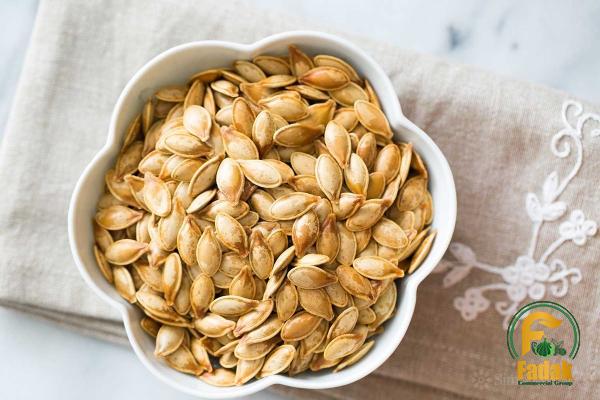
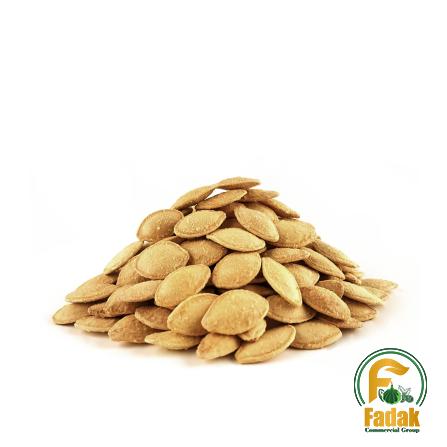

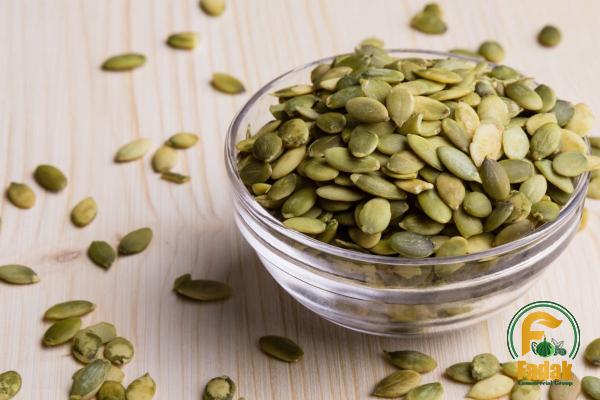
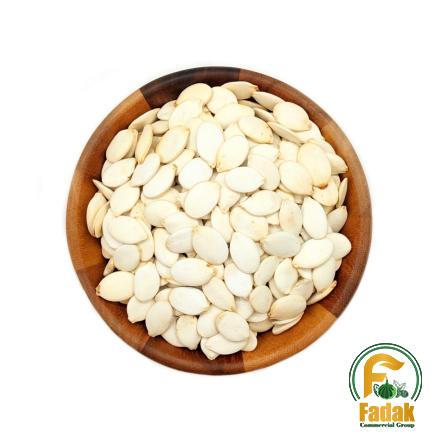
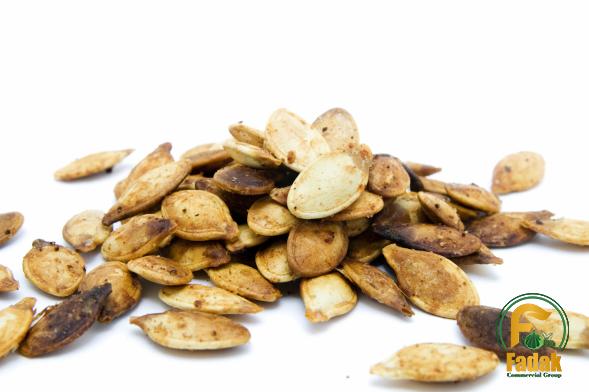
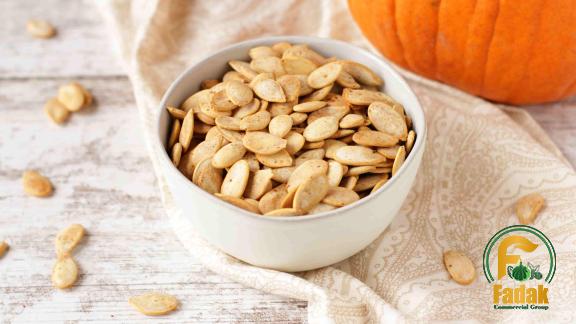
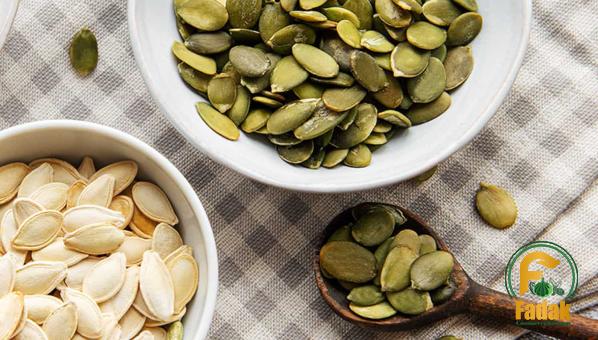


Your comment submitted.